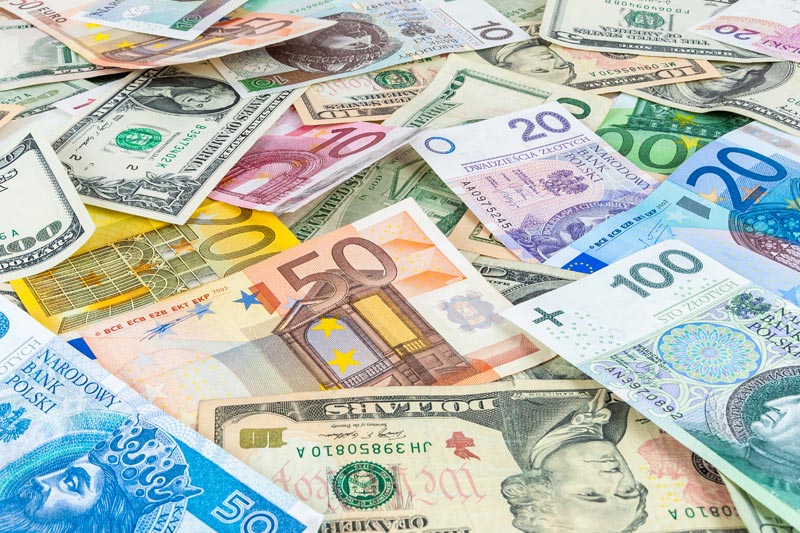Investing.com’s stocks of the week
Investing.com - The Australian dollar traded lower against its U.S. rival during Wednesday’s Asian session as traders passed on riskier currencies in favor of taking profits following an impressive recent rally by the Aussie.
In Asian trading Wednesday, AUD/USD fell 0.24% to 0.9292. The pair was likely to find support at 0.9117, the low of September 6 and resistance at 09345, the high of June 26.
Following the weekend’s elections that saw conservative leader Tony Abbott rise to power as the country’s next prime minister, the Aussie continued its march higher against the greenback. Encouraging data points helped, too.
On Tuesday, the National Australia Bank said its business confidence index rose to 6 in August from a reading of minus 3 the previous month, hitting its highest level since June 2011.
In addition, industrial production in China rose 10.4% last month, beating expectations for a 9.9% increase and accelerating from a 9.7% gain in July. China is Australia's biggest export partner.
The Aussie traded lower against the greenback Wednesday even after U.S. President Barack Obama made comments that implied a strike against Syria is not imminent.
"In the days leading up to August 21st, we know that Assad’s chemical weapons personnel prepared for an attack near an area where they mix sarin gas. They distributed gas masks to their troops. Then they fired rockets from a regime-controlled area into 11 neighborhoods that the regime has been trying to wipe clear of opposition forces. Shortly after those rockets landed, the gas spread, and hospitals filled with the dying and the wounded," said Obama in his speech.
Elsewhere, AUD/JPY fell 0.24% to 93.29 after the Bank of Japan said the country’s corporate goods price index rose 2.4% in August after a 2.2% increase in July. Analysts expected the August increase of 2.4%.
In a separate report, Japan’s Ministry of Finance said the BSI large manufacturing conditions reading soared to 15.2 in the second quarter following a first-quarter reading of 5. Analysts expected the survey of manufacturing conditions to read 7.2 for the second quarter.
AUD/NZD inched up 0.04% to 1.1550.
In Asian trading Wednesday, AUD/USD fell 0.24% to 0.9292. The pair was likely to find support at 0.9117, the low of September 6 and resistance at 09345, the high of June 26.
Following the weekend’s elections that saw conservative leader Tony Abbott rise to power as the country’s next prime minister, the Aussie continued its march higher against the greenback. Encouraging data points helped, too.
On Tuesday, the National Australia Bank said its business confidence index rose to 6 in August from a reading of minus 3 the previous month, hitting its highest level since June 2011.
In addition, industrial production in China rose 10.4% last month, beating expectations for a 9.9% increase and accelerating from a 9.7% gain in July. China is Australia's biggest export partner.
The Aussie traded lower against the greenback Wednesday even after U.S. President Barack Obama made comments that implied a strike against Syria is not imminent.
"In the days leading up to August 21st, we know that Assad’s chemical weapons personnel prepared for an attack near an area where they mix sarin gas. They distributed gas masks to their troops. Then they fired rockets from a regime-controlled area into 11 neighborhoods that the regime has been trying to wipe clear of opposition forces. Shortly after those rockets landed, the gas spread, and hospitals filled with the dying and the wounded," said Obama in his speech.
Elsewhere, AUD/JPY fell 0.24% to 93.29 after the Bank of Japan said the country’s corporate goods price index rose 2.4% in August after a 2.2% increase in July. Analysts expected the August increase of 2.4%.
In a separate report, Japan’s Ministry of Finance said the BSI large manufacturing conditions reading soared to 15.2 in the second quarter following a first-quarter reading of 5. Analysts expected the survey of manufacturing conditions to read 7.2 for the second quarter.
AUD/NZD inched up 0.04% to 1.1550.
